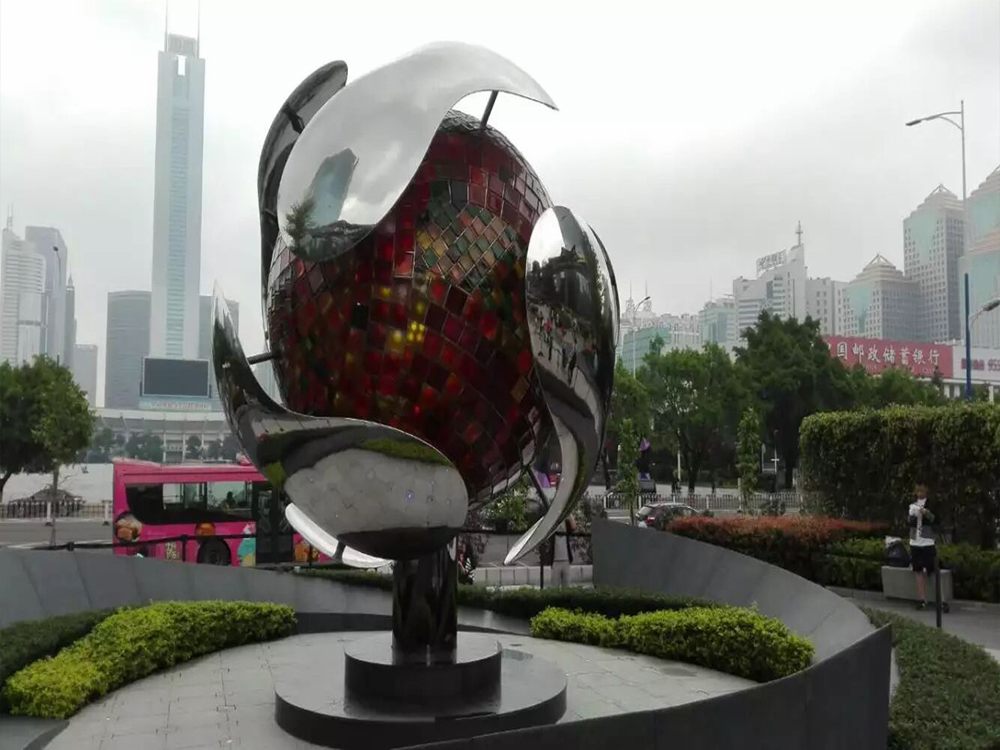
Negative space, the unoccupied area surrounding and between the subject of a sculpture, plays a pivotal role in stone sculpture design. Artists leverage this technique to create balance, evoke emotion, and guide the viewer’s focus. By intentionally carving away stone to form voids, sculptors introduce contrast, depth, and movement, transforming solid material into dynamic art.
One key application is emphasizing the subject. For instance, the empty spaces around a figure can amplify its form, making it appear more lifelike or dramatic. Negative space also allows light to interact with the sculpture, casting shadows that change with perspective, adding a temporal dimension to the piece.
Moreover, negative space fosters storytelling. Gaps and openings can symbolize absence, silence, or the unseen, inviting viewers to interpret deeper meanings. In abstract stone sculptures, these spaces often become as significant as the solid forms, challenging perceptions of positive and negative.
Mastering negative space requires precision. Artists must plan meticulously, as removing too much stone can weaken the structure, while too little may fail to achieve the desired effect. Tools like chisels and grinders are used to carve with control, ensuring the voids harmonize with the sculpture’s overall composition.
Ultimately, negative space in stone sculpture is not merely emptiness—it’s a deliberate artistic choice that elevates the work’s aesthetic and emotional resonance, proving that what’s left out can be as powerful as what’s left in.

